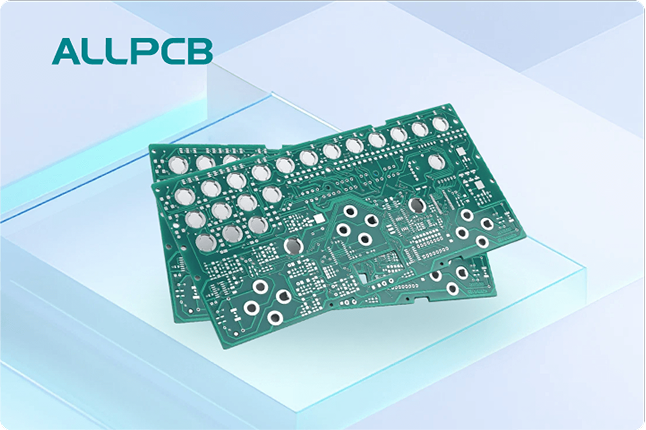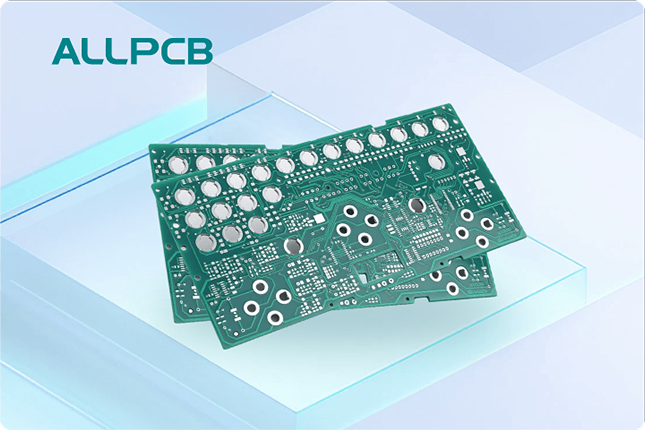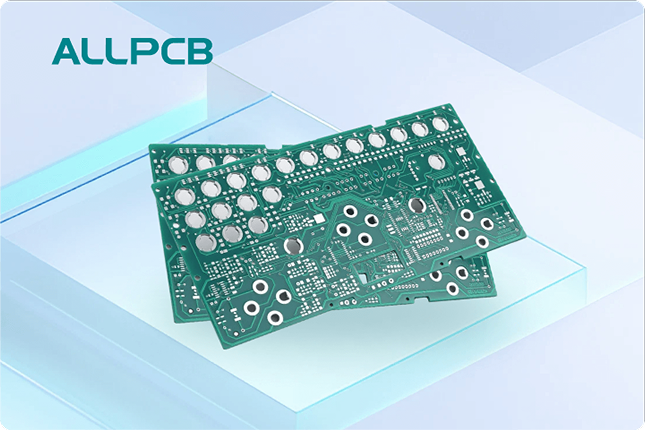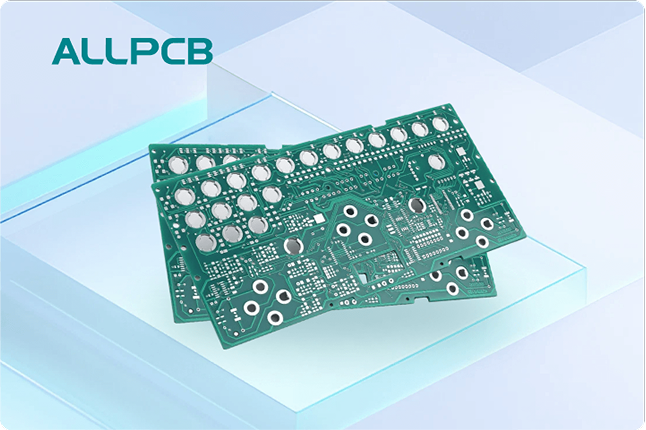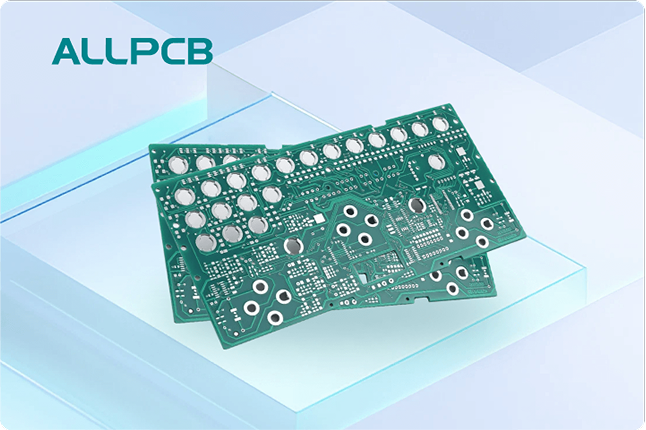When it comes to designing High-Density Interconnect (HDI) PCBs, selecting the right materials is critical to achieving the perfect balance of performance, cost, and reliability. Whether you're working on high-speed electronics, compact devices, or thermally demanding applications, the choice of materials can make or break your project. In this comprehensive guide, we'll dive deep into the key considerations for choosing HDI PCB materials, focusing on aspects like high Tg HDI PCB materials, low Dk HDI PCB options, thermal conductivity, laminate materials, and cost analysis.
At the core, material selection for HDI PCBs involves understanding your project's specific needs—such as signal integrity, thermal management, and budget constraints—and matching them with the right properties like glass transition temperature (Tg), dielectric constant (Dk), and thermal conductivity. Let's explore how to navigate these choices effectively to ensure your HDI PCB performs reliably without exceeding costs.
What Are HDI PCBs and Why Material Selection Matters
HDI PCBs are specialized printed circuit boards designed for high-density applications, featuring finer lines, smaller vias, and higher connection density than traditional PCBs. These boards are essential in modern electronics, from smartphones to medical devices, where space is limited, and performance is paramount. However, the compact nature of HDI designs places unique demands on materials, requiring careful selection to handle high-speed signals, heat dissipation, and mechanical stability.
Choosing the wrong material can lead to issues like signal loss, overheating, or board failure under stress. On the other hand, selecting the optimal material ensures your HDI PCB meets performance goals while staying within budget. Factors like high Tg for thermal resistance, low Dk for signal integrity, and thermal conductivity for heat management are all pieces of the puzzle. Let's break down these properties and how they influence material choices.
Key Material Properties for HDI PCBs
Before diving into specific materials, it's important to understand the critical properties that define their suitability for HDI applications. Each property impacts a different aspect of the PCB's performance, from electrical behavior to thermal endurance. Here are the main factors to consider:
1. Glass Transition Temperature (High Tg HDI PCB Materials)
The glass transition temperature, or Tg, is the point at which a PCB material shifts from a rigid to a more flexible state. For HDI PCBs, which often operate in high-temperature environments or undergo multiple soldering cycles, high Tg HDI PCB materials are crucial. A higher Tg—typically above 170°C—ensures the board remains stable and resists deformation during thermal stress.
For example, in automotive electronics or industrial applications, where temperatures can exceed 150°C, using a material with a Tg of 180°C or higher prevents delamination and maintains structural integrity. Standard FR-4 materials often have a Tg around 130-140°C, which may not suffice for demanding HDI designs. Opting for high Tg laminates, like advanced epoxy resins, can significantly enhance reliability in such cases.
2. Dielectric Constant (Low Dk HDI PCB)
The dielectric constant (Dk) measures a material's ability to store electrical energy, directly affecting signal speed and integrity. In high-speed HDI designs, a low Dk HDI PCB material is preferred because it reduces signal delay and minimizes crosstalk between closely spaced traces. Typical Dk values for standard FR-4 are around 4.0-4.5, while low Dk materials can range from 2.5 to 3.5, offering better performance for frequencies above 1 GHz.
For instance, in 5G communication devices, where signal integrity at high frequencies is non-negotiable, low Dk materials ensure that data transmission remains fast and clear. These materials are often more expensive, so balancing performance with cost is essential.
3. Thermal Conductivity (Thermal Conductivity HDI PCB)
Thermal conductivity determines how well a material dissipates heat, a critical factor for HDI PCBs with densely packed components. High thermal conductivity HDI PCB materials help prevent hotspots that could damage components or degrade performance. Standard FR-4 has a thermal conductivity of about 0.3 W/m·K, which is often inadequate for power-intensive applications like LED lighting or power supplies.
Materials with enhanced thermal conductivity, ranging from 1.0 to 3.0 W/m·K, are better suited for such designs. For example, using a laminate with a thermal conductivity of 2.0 W/m·K can reduce the operating temperature of critical components by several degrees, extending their lifespan.
4. Coefficient of Thermal Expansion (CTE)
The CTE indicates how much a material expands or contracts with temperature changes. In HDI PCBs, a low CTE is desirable to match the expansion rates of copper traces and vias, reducing the risk of cracking or delamination during thermal cycling. Materials with a CTE close to copper (around 17 ppm/°C) are ideal for maintaining structural integrity in multilayer HDI boards.
5. Dissipation Factor (Df)
The dissipation factor measures energy loss in a material, impacting signal quality at high frequencies. A low Df, often below 0.005, is critical for minimizing signal attenuation in high-speed HDI designs. This property often goes hand-in-hand with low Dk materials, ensuring optimal electrical performance.
Types of HDI PCB Laminate Materials
With an understanding of key properties, let’s explore the common types of HDI PCB laminate materials available. Each type offers unique advantages and trade-offs, depending on the application.
1. Standard FR-4 Laminates
FR-4 is the most widely used laminate material due to its affordability and decent all-around performance. It typically has a Tg of 130-140°C, a Dk of 4.0-4.5, and low thermal conductivity. While suitable for simpler HDI designs, it falls short in high-temperature or high-speed applications. Its low cost makes it a go-to for budget-conscious projects, but upgrades are often needed for demanding specs.
2. High Tg FR-4 Laminates
For applications requiring better thermal resistance, high Tg FR-4 variants offer Tg values of 170-180°C. These materials are still cost-effective compared to exotic options and provide improved stability for HDI boards in moderate heat environments. They are a popular choice for multilayer designs that undergo lead-free soldering processes.
3. Low Dk/Df Materials
Low Dk HDI PCB materials, such as hydrocarbon-based laminates or PTFE composites, are tailored for high-frequency applications. With Dk values as low as 2.5 and Df below 0.003, they excel in maintaining signal integrity for RF and microwave circuits. However, their higher cost can be a limiting factor for large-scale production.
4. High Thermal Conductivity Laminates
For heat-intensive HDI designs, laminates with enhanced thermal conductivity are essential. These materials often incorporate fillers like ceramic or metal particles to boost heat dissipation. They are ideal for power electronics and LED applications but may increase the overall HDI PCB material cost due to specialized manufacturing.
Balancing HDI PCB Material Cost with Performance
One of the biggest challenges in HDI PCB design is managing the HDI PCB material cost while meeting performance and reliability requirements. High-performance materials like low Dk laminates or high thermal conductivity options often come with a premium price tag, sometimes costing 2-3 times more than standard FR-4 per square foot. Here's how to approach this balance:
1. Define Project Priorities
Start by identifying the non-negotiable aspects of your design. If signal integrity at frequencies above 5 GHz is critical, investing in low Dk materials is justified. However, if thermal management is less of a concern, a standard or high Tg FR-4 might suffice, saving on costs.
2. Consider Layer Count and Design Complexity
HDI PCBs often have multiple layers, and material costs scale with layer count. Using a hybrid approach—combining high-performance materials for critical signal layers and standard materials for power or ground layers—can optimize costs without sacrificing performance.
3. Evaluate Long-Term Reliability Costs
While cheaper materials reduce upfront costs, they may lead to failures in the field, resulting in expensive recalls or redesigns. Investing in reliable high Tg HDI PCB materials or thermally conductive laminates can save money over the product lifecycle by reducing failure rates.
4. Work with Suppliers for Bulk Discounts
For large production runs, partnering with a trusted supplier can help negotiate better pricing on materials. Some suppliers also offer tailored solutions, blending properties to meet specific needs at a lower cost than off-the-shelf high-end materials.
Practical Tips for Selecting HDI PCB Materials
With so many options and trade-offs, here are actionable steps to guide your material selection process:
- Match Material to Application: Use high Tg materials for high-heat environments, low Dk for high-speed signals, and high thermal conductivity for power-dense designs.
- Test Prototypes: Before full-scale production, build and test prototypes with candidate materials to verify performance under real-world conditions.
- Consult Design Guidelines: Leverage manufacturer datasheets and industry standards to ensure compatibility with laser drilling (for microvias) and other HDI fabrication processes.
- Plan for Scalability: Choose materials that are widely available and supported by multiple suppliers to avoid supply chain issues as production scales.
Conclusion: Making Informed Choices for HDI PCB Success
Selecting the right materials for HDI PCBs is a delicate balance of performance, cost, and reliability. By focusing on key properties like high Tg for thermal stability, low Dk for signal integrity, and thermal conductivity for heat management, you can ensure your HDI design meets the demands of modern electronics. While HDI PCB material cost is a significant factor, prioritizing long-term reliability and application-specific needs often yields the best results.
Whether you're designing for compact consumer gadgets or robust industrial systems, understanding the nuances of HDI PCB laminate materials empowers you to make informed decisions. With careful planning and the right partnerships, you can achieve high-performing, cost-effective HDI PCBs that stand the test of time.
 ALLPCB
ALLPCB


